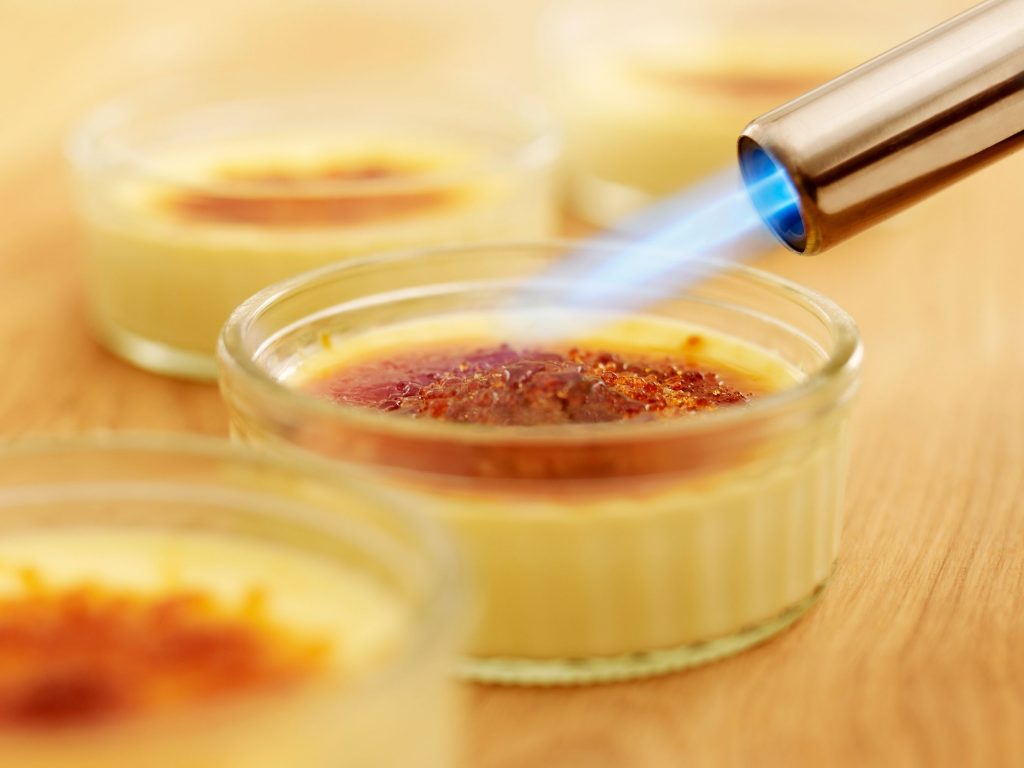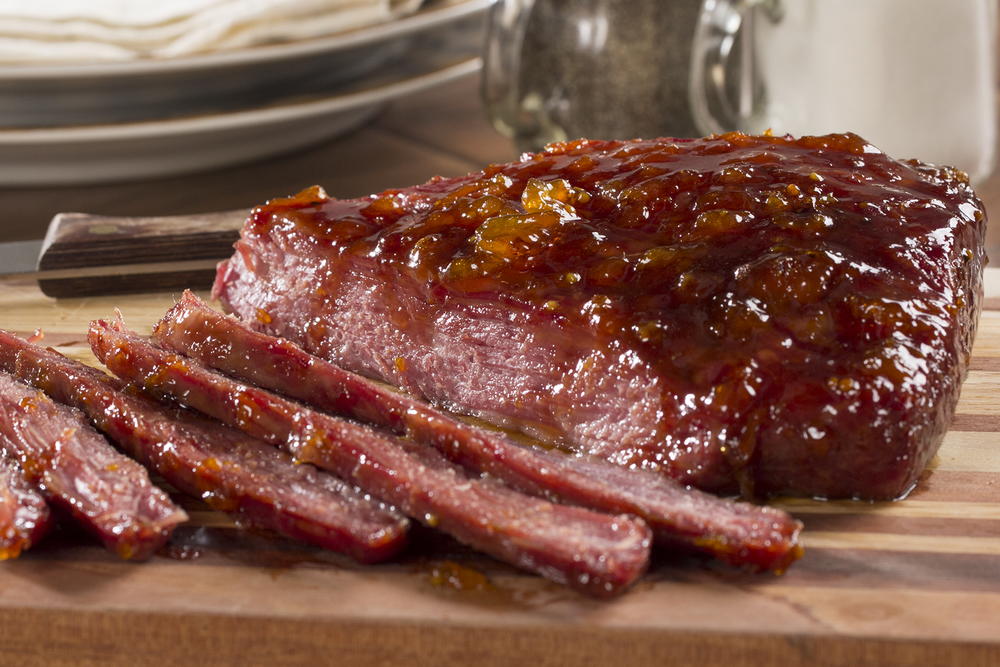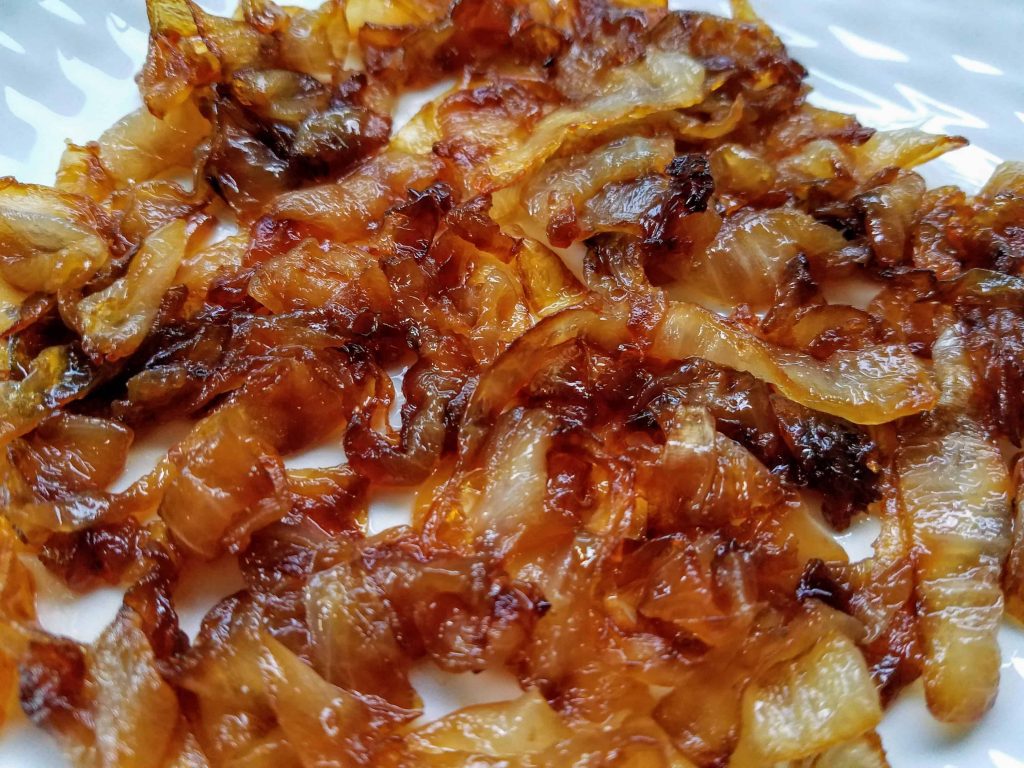Caramelization And Its Effects On Food
Caramelization is the process of heating sugar. This process changes the flavor and color of sugar. Brown or white sugar turns dark when heated. Sugar can be caramelized to produce caramel sauce for ice cream. Caramelization can also be done on fruits and vegetables. They contain natural sugars. A bitter, toasty, and slightly buttery creaminess taste is created.

Food that has a low sugar content caramelizes at a slow pace. You can add another sugary substance. This can act as a catalyst to speed up the process. Food like meat, eggs, bread, and dairy do not qualify for caramelization. However, the Maillard Reaction can be applied. Instead of breaking down sugars, protein is broken down. This process is called Browning.
You must make the marinade for meat with a mixture that contains sweet ingredients. These can be honey, molasses, brown sugar, or regular sugar. These components caramelize immediately once heated. When brushed onto browned meats, they thicken and develop a sweet flavor.

The process of caramelization can be achieved if done in dry heat. It cannot be done when you are steaming, boiling, or cooking. Furthermore, caramelization requires a high degree of heat to speed up the process. Lower heat means that the process will take a long time. Therefore, turn up the heat to speed up the process. A crispy finish on food is then achieved.

There you have it! Caramelization is not rocket science. You can do it in the comfort of your home. Treat yourself to various delicious flavors. Remember to turn up the heat. This ensures that amazing results are achieved in a short space of time.
